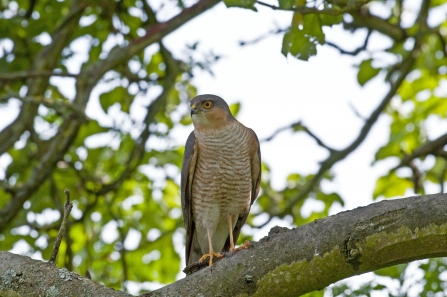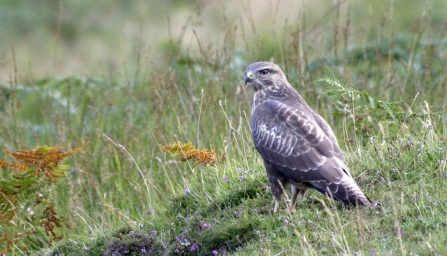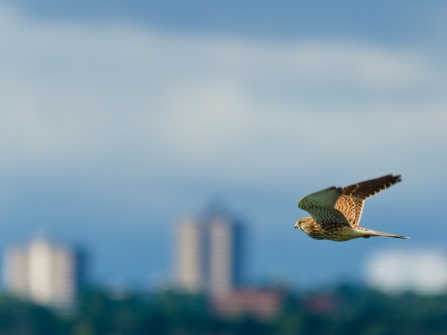As the trees shed their leaves and the land braces for winter, birds of prey become increasingly conspicuous. With daylight in retreat and prey ever scarcer, raptors are hunting fiercely to survive the cold.
These beautiful birds are hypnotic to watch as they soar through the sky in search of their next meal. Here are some you might spot locally…




